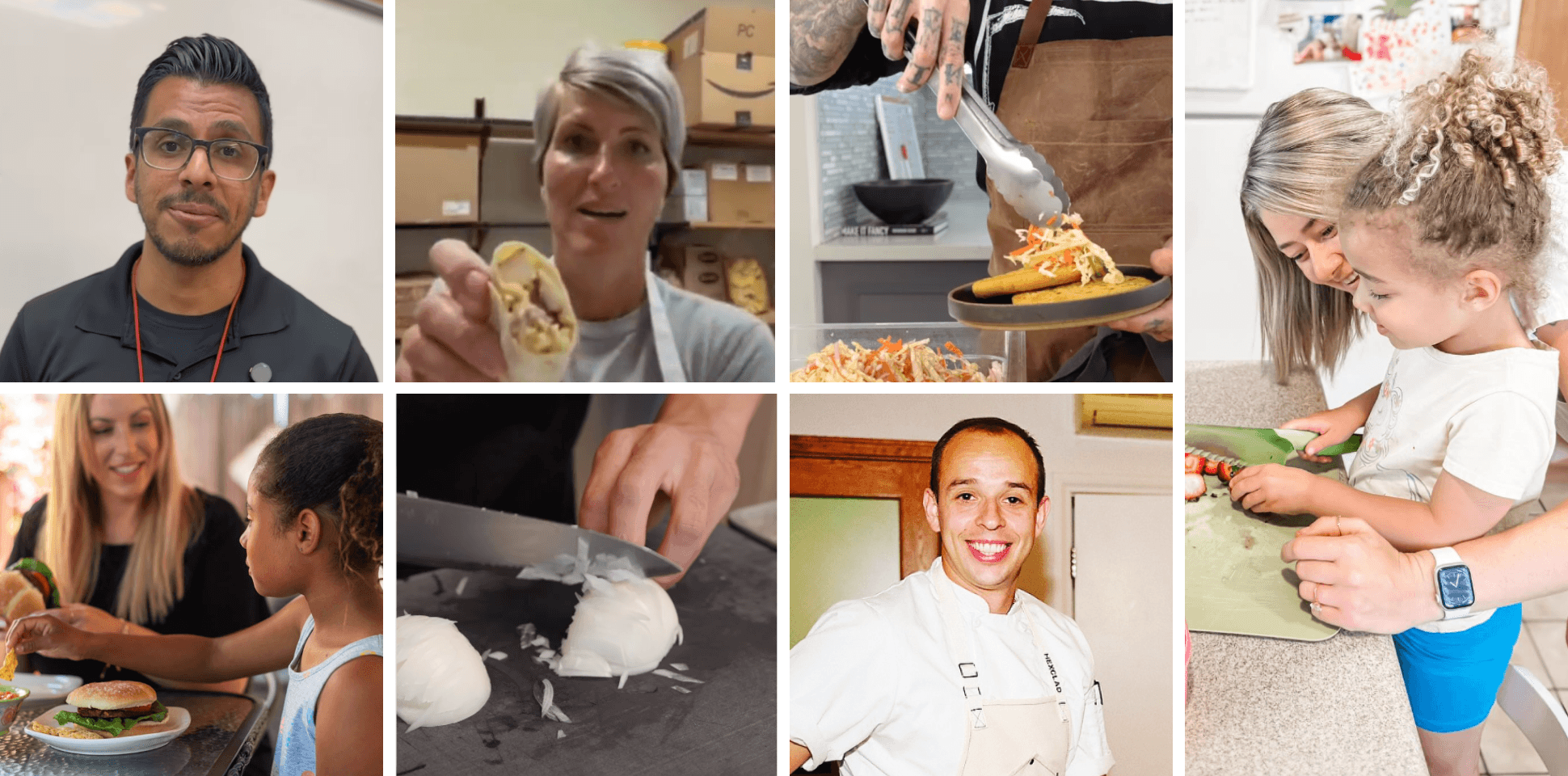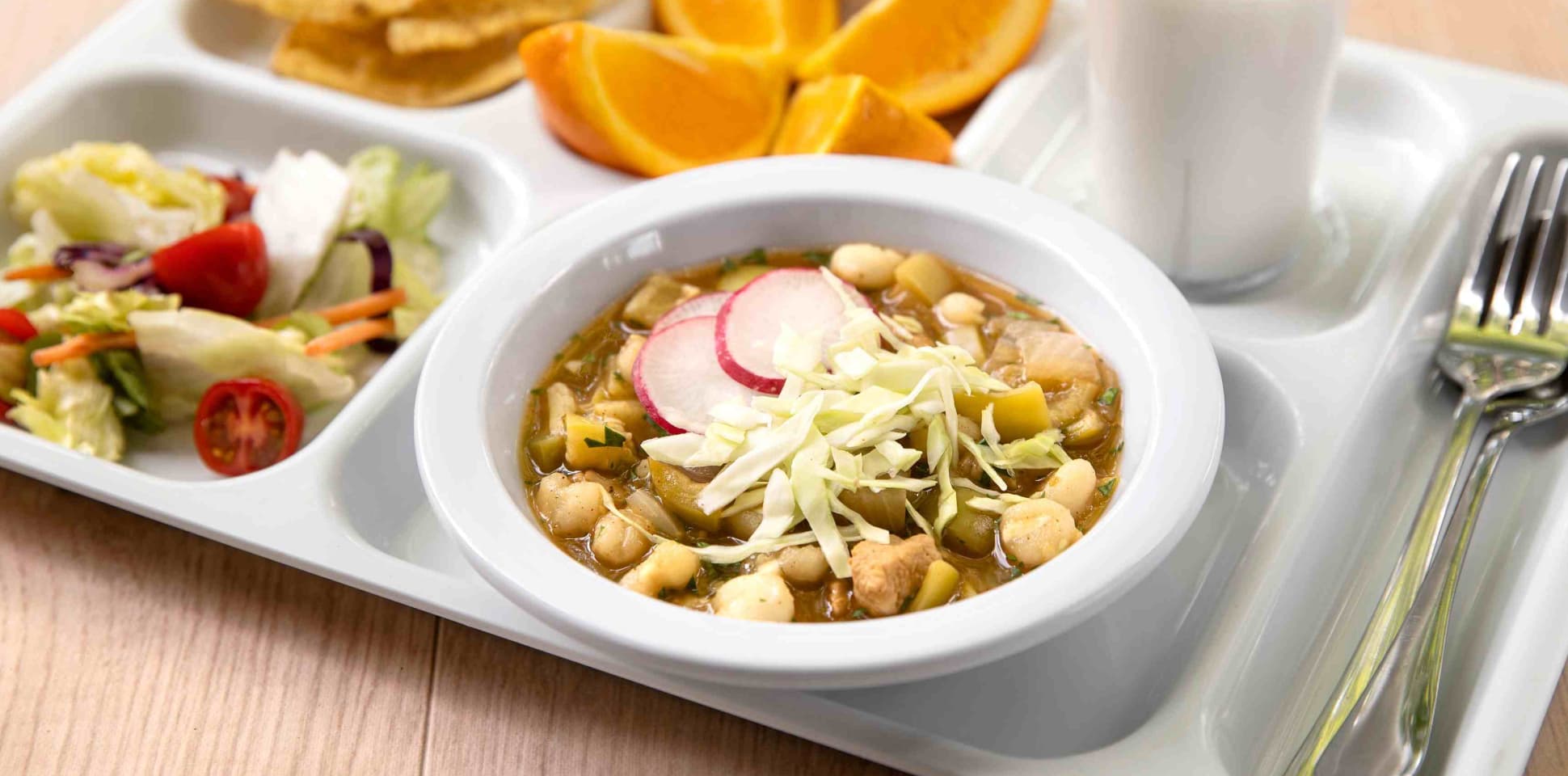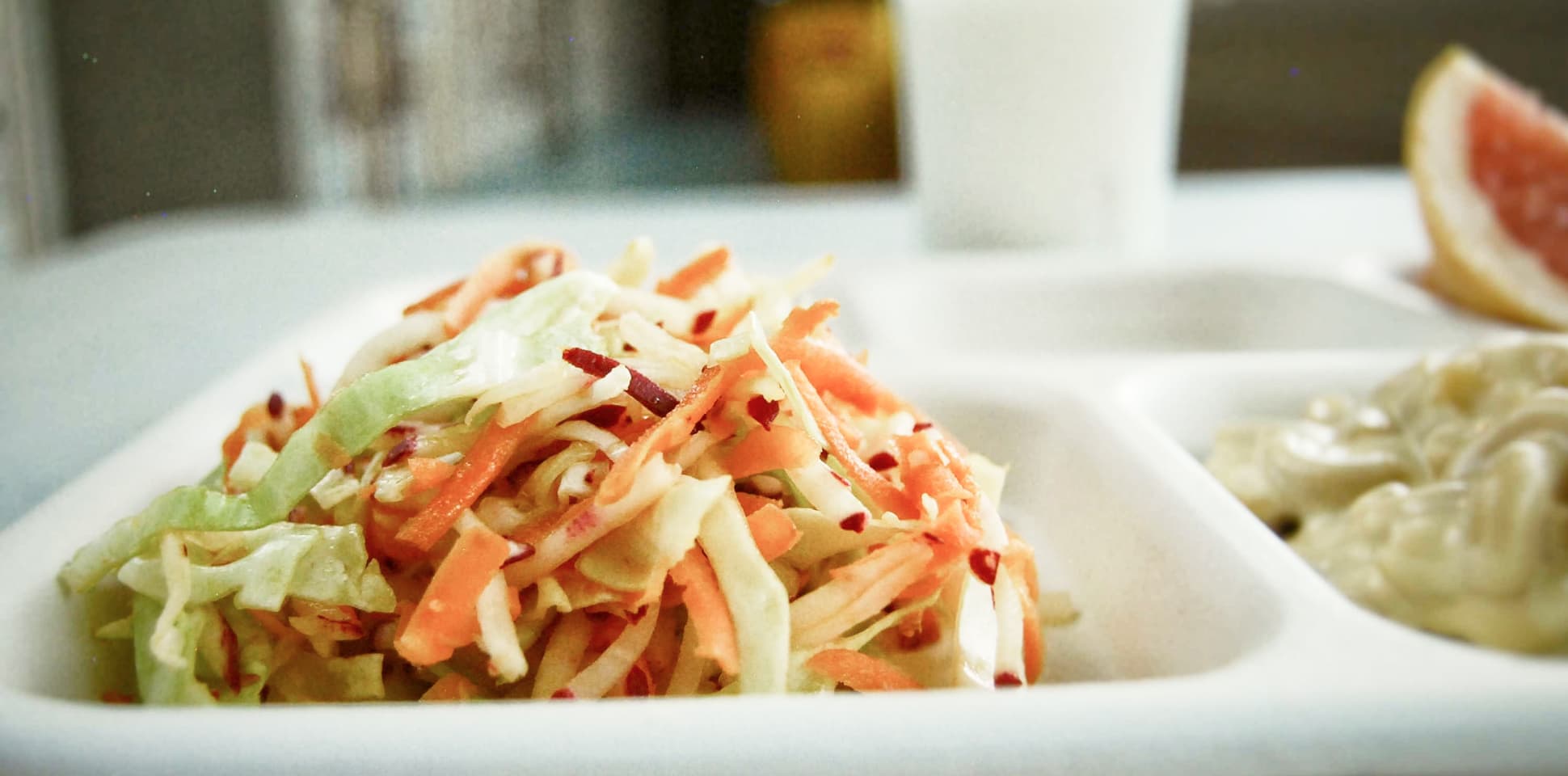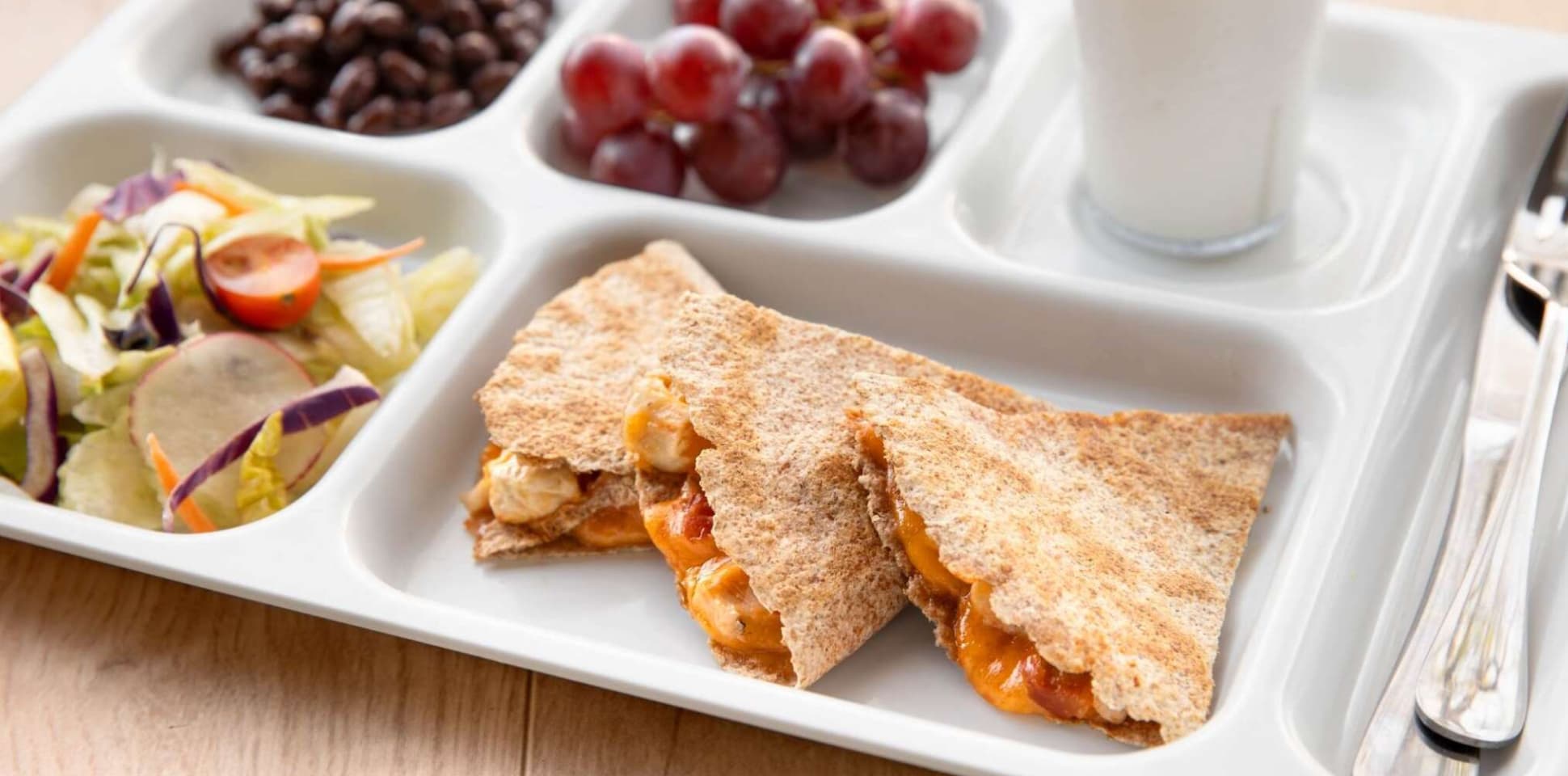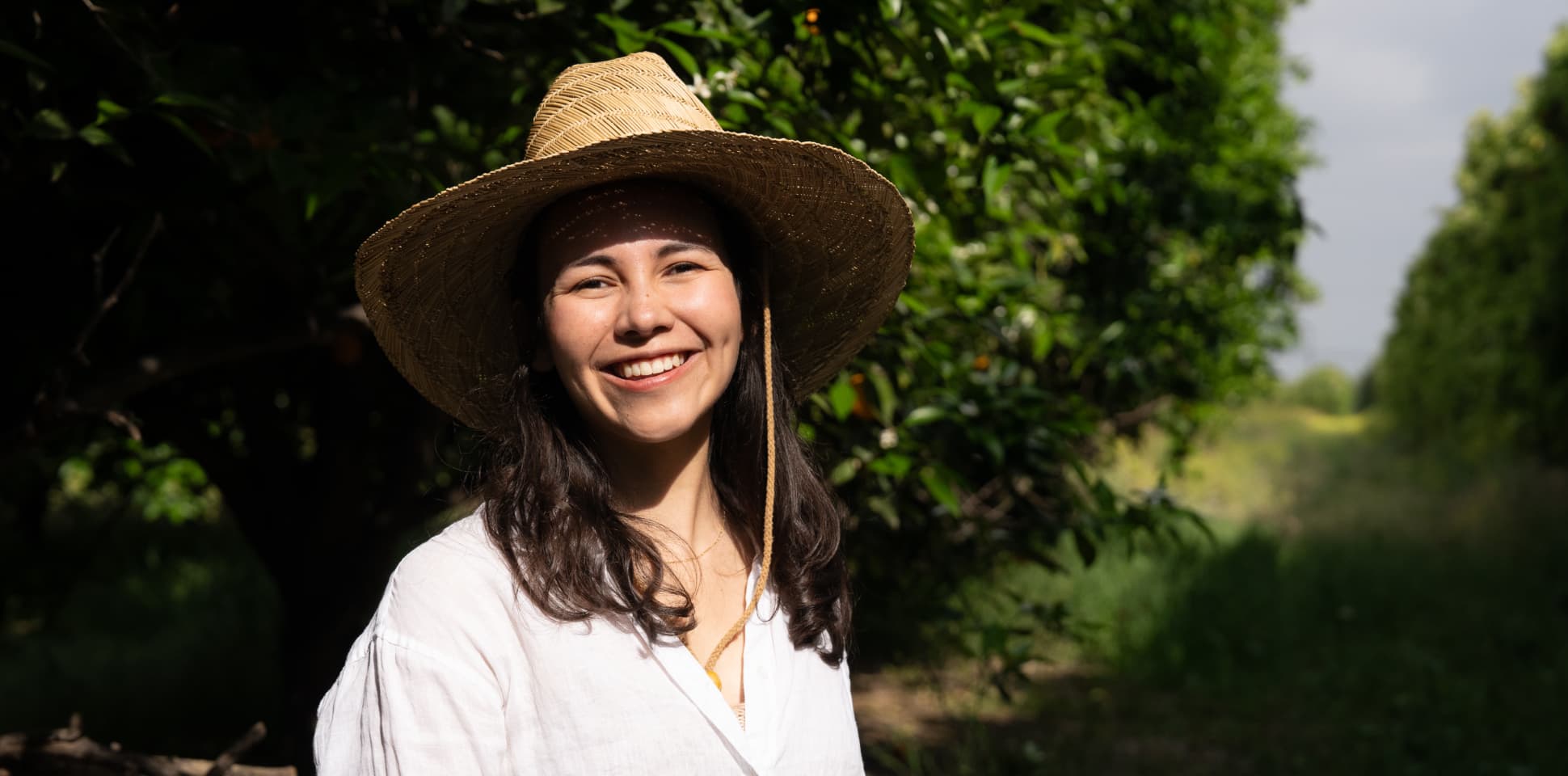Welcome to the third edition of California Voices! Chefs, teachers, parents and others are taking to social media to share how School Food Professionals are transforming school food for the better and supporting student success across California. Here’s what they’ve been saying.
Teacher Diego Napoles
Diego Napoles, a fourth grade teacher, knows how hard it is for students to learn when they’re hungry. He’s excited to see how School Food Professionals are cooking up fresher, healthier school food to help students be ready to learn.
School Food Professional Burg
Burg loves being a School Food Professional. She’s proud to be able to plan delicious menus and prepare scratch-cooked, nourishing meals using fresh ingredients for her students.
Chef Brandon Skier
Brandon Skier, a professional chef, knows that cooking for large groups of people is one of the best ways to grow your cooking skills like time management and organization. He’s excited to see School Food Professionals using their skills to improve school food with delicious menu options like pupusas, a newer addition now available to students. Plus, get his recipe for scratch-cooked pupusas with fresh curtido.
University Dean and Author Stacey Freeman, Ph.D.
While Stacey loves cooking for her kids when she has the time, as a working mom, it’s also important for her to be able to rely on School Food Professionals to cook healthy breakfast and lunch options for her kids. With School Food Professionals cooking up fresher, healthier meals, Stacey gets to have peace of mind and save time.
Cook H Woo Lee
H Woo Lee used to be insecure about bringing the Japanese food that his mom cooked for him to school. Now, he’s excited to hear that School Food Professionals are cooking up culturally diverse meals to help students feel included and proud of their backgrounds. Plus, get his recipe for Japanese curry rice.
Chef Markell Titov
Markell Titov, a professional chef, knows the skill and dedication it takes to provide high-quality meals for hundreds of people. Markell notes that just like professional chefs in the restaurant industry, School Food Professionals must meticulously plan, carefully select ingredients and focus intensely on the preparation of each meal.
Nurse and Mother Desiree Moore
As a mom of school-aged children and with a grandmother who worked as a School Food Professional, Desiree Moore understands both the commitment that School Food Professionals have when it comes to improving school food and the impact that it has on kids like her own.
See for yourself what all the buzz is about and join the conversation with #CASchoolFoodPros and #PoweredBySchoolFoodPros on Instagram, TikTok, LinkedIn and Facebook.
